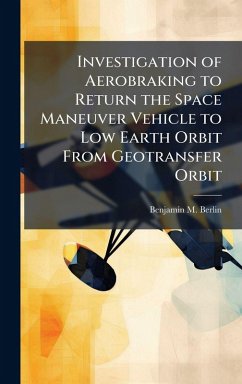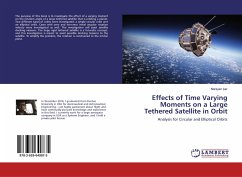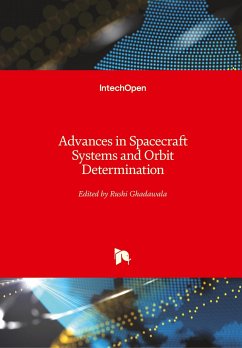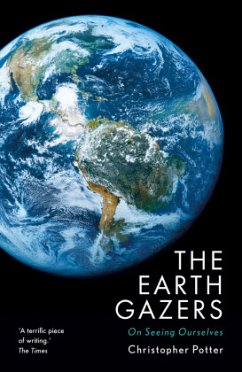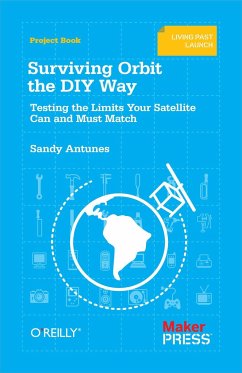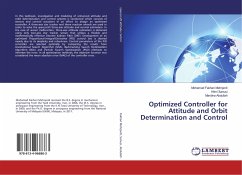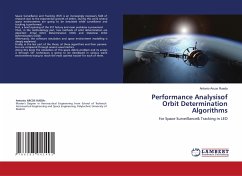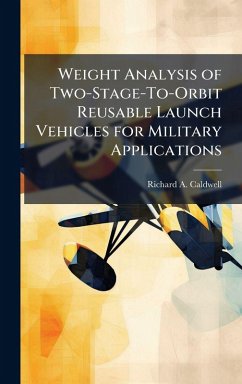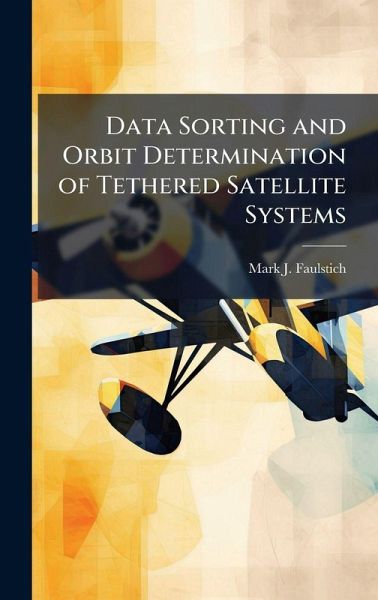
Data Sorting and Orbit Determination of Tethered Satellite Systems
Versandkostenfrei!
Versandfertig in über 4 Wochen
29,99 €
inkl. MwSt.
Weitere Ausgaben:

PAYBACK Punkte
15 °P sammeln!
Tethered satellite system end masses do not obey the normal laws of motion developed for determining their orbits. In addition, tethered satellite systems cause unique problems for satellite tracking because there are potentially two or more objects which may be tracked. This thesis provides insight into these issues by developing a method of sorting out observation data of tethered satellite systems into their appropriate end mass and providing an estimate on the center of mass orbit of the tethered satellite system. The method used to accomplish both of these tasks is optimization of an esti...
Tethered satellite system end masses do not obey the normal laws of motion developed for determining their orbits. In addition, tethered satellite systems cause unique problems for satellite tracking because there are potentially two or more objects which may be tracked. This thesis provides insight into these issues by developing a method of sorting out observation data of tethered satellite systems into their appropriate end mass and providing an estimate on the center of mass orbit of the tethered satellite system. The method used to accomplish both of these tasks is optimization of an estimated simulated orbit. This orbit estimate is optimized to provide the minimum difference between the end mass position estimates and the observations obtained from one or more tracking sites. This methodology also helps provide a baseline for tracking tethered satellite systems more accurately in the future. This work has been selected by scholars as being culturally important, and is part of the knowledge base of civilization as we know it. This work was reproduced from the original artifact, and remains as true to the original work as possible. Therefore, you will see the original copyright references, library stamps (as most of these works have been housed in our most important libraries around the world), and other notations in the work. This work is in the public domain in the United States of America, and possibly other nations. Within the United States, you may freely copy and distribute this work, as no entity (individual or corporate) has a copyright on the body of the work. As a reproduction of a historical artifact, this work may contain missing or blurred pages, poor pictures, errant marks, etc. Scholars believe, and we concur, that this work is important enough to be preserved, reproduced, and made generally available to the public. We appreciate your support of the preservation process, and thank you for being an important part of keeping this knowledge alive and relevant.




